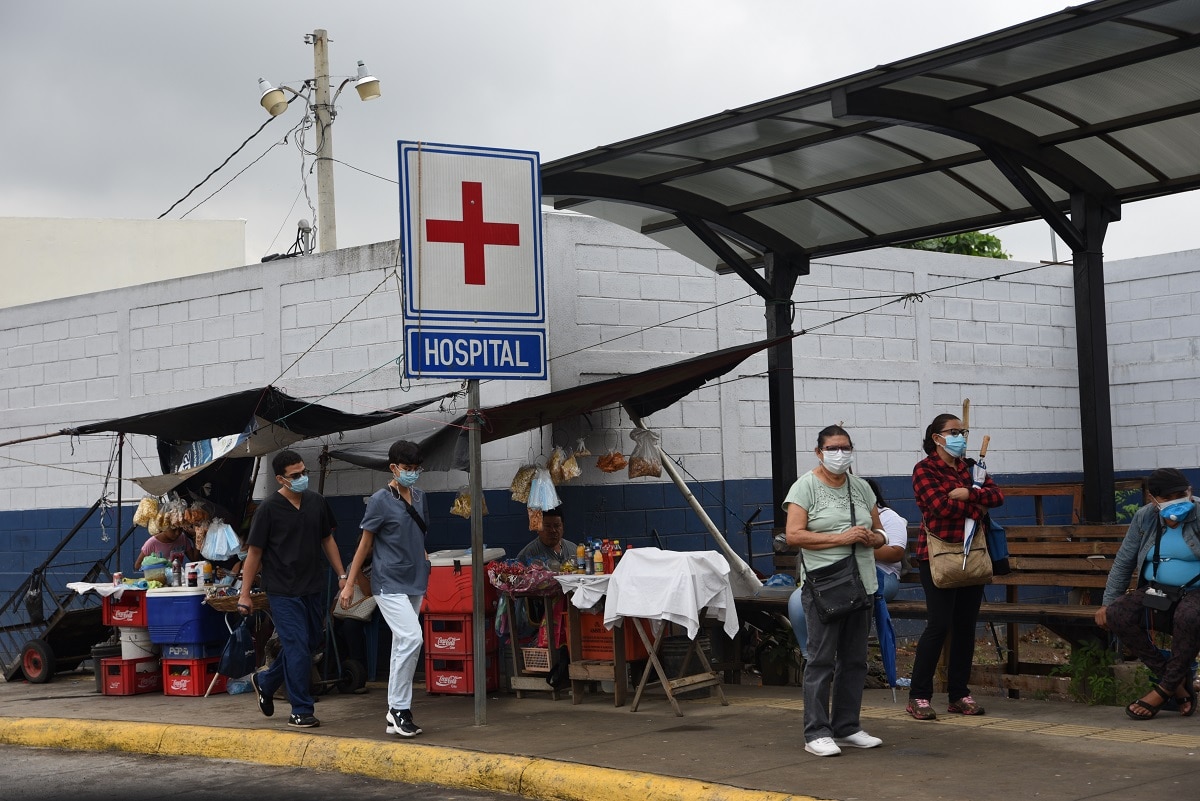Nicaragua registered, in the last two years, an increase in chronic patients with heart and psychiatric diseases, revealed a recent update of the Health Mapmade by the government.
According to data from the Ministry of Health (Minsa), the general chronic population has increased since 2020, but it was in 2021 when a greater number of patients were registered. In 2019, the official report of these patients was 273,194, but last year it rose to 396,148.
The causes of the greatest increase were cardiac ones, going from 24 patients per 10,000 people in 2019 to 95 in 2021. Meanwhile, people with psychiatric problems went from 13 to 44 for the same rate.
Independent doctors agreed that this increase could be related to the pandemic, and the concerns triggered by the political crisis that the country has been experiencing since 2018.
“The increase in psychiatric and cardiac problems is strongly associated with the level of stress in the population. Stress and trauma among Nicaraguans have increased significantly in recent years,” said epidemiologist Álvaro Ramírez.
According to the Health Map, until 2021 the population with heart disease was 41,726, 62% more than that reported in 2019. Meanwhile, Nicaraguans with psychiatric problems were about 18,258, 52% more than those who had before the pandemic. Likewise, the data show an increase of 43% in patients with asthma.
“It is striking that (patients with) bronchial asthma, heart problems or with a psychiatric illness, have increased their risk of dying up to three or four times. Before, they did not even reach one case for every 100, ”explained the epidemiologist Leonel Argüello.
“This increase may reflect the impact that the covid-19 epidemic has had on chronic diseases,” he added.
Diabetics and hypertensives are the largest chronic population in the country
Despite the increase in these conditions, hypertensive and diabetic patients —which predominate in the country— are the most vulnerable to covid-19. According to the Health Map, until 2021 there was a total of 372,056, 66% of these suffer from high blood pressure.
These diseases also register an increase. Before the pandemic, there were 262 hypertensive patients for every 10,000 people, but after that the number rose to 583 in 2020 and 550 in 2021.
In the case of diabetes, the cases went from 130 by the same rate to 292 in 2020 and 285 in 2021. In those two years, there was an increase in deaths from this cause attributable to covid-19.
In addition, these are two of the nine “comorbidities” that increase the risk of becoming seriously ill from covid-19 and that the Minsa admits in its weekly reports.
Fewer hospitalizations, but more deaths
In the case of hospitalizations, the Minsa ensures that during the pandemic there were fewer patients admitted. In 2018 there were 424,301 people hospitalized for different reasons, in 2019 it increased to 485,118. However, in the first year of the pandemic there were only 377,499 hospital admissions. Meanwhile, in 2021, the report rose to 418,785.
This behavior does not coincide with the report of public and private doctors who reported an excess of patients during the peaks of the pandemic, which occurred in May and July 2020, and in August and October 2021.
as he knew CONFIDENTIAL, the main hospitals in the country exceeded their hospital capacity. In both outbreaks, the German Nicaraguan Hospital (HAN) had to expand the number of beds. Health sources reported that it went from 250 available beds to 500 during the second wave.
Likewise, in the San Juan de Dios Hospital, located in Estelí, they had to take beds from another hospital to receive more patients.
Meanwhile, the Minsa assures that there were fewer patients admitted, the data indicated a higher mortality. In the case of pneumonia, they indicate that in 2019 there were 32,632 hospitalized patients and there were 539 deaths from this cause.
However, in 2020 the number of admissions was 22,130 and deaths were 2,844. The same thing happened in 2021, which reported 22,205 admissions, but there were 2,330 deaths, four times more deaths than in 2019.
The general data indicated that the risk of dying increased during the pandemic. In 2019 there was a total of 25,338 deaths, but the following year it rose to 33,650 and in 2021 33,582 were reported.
















